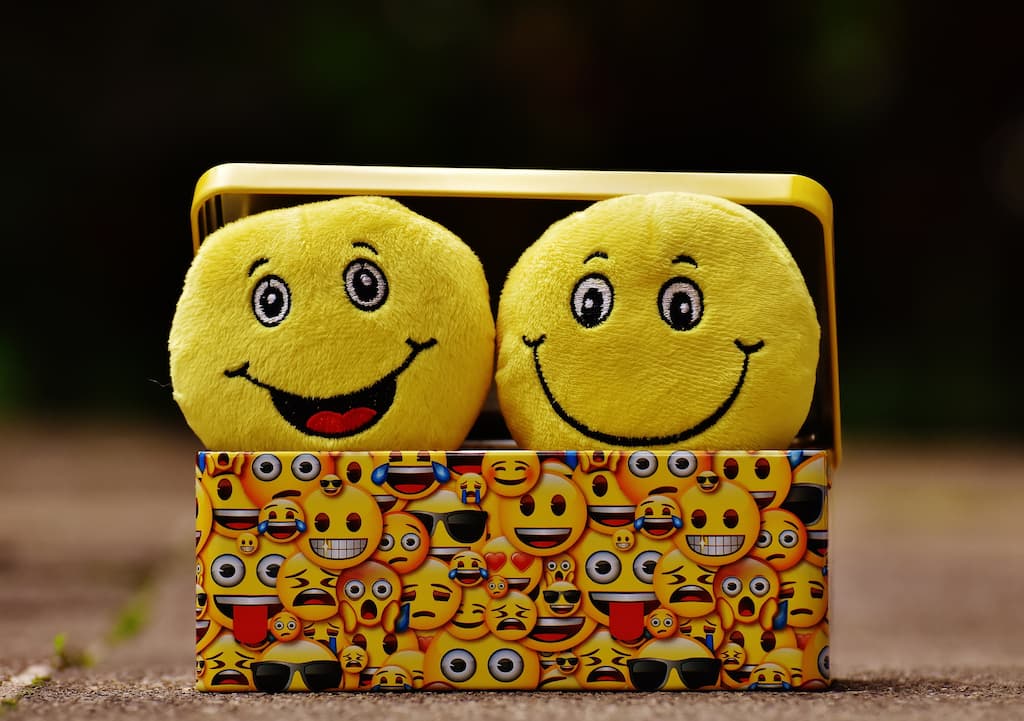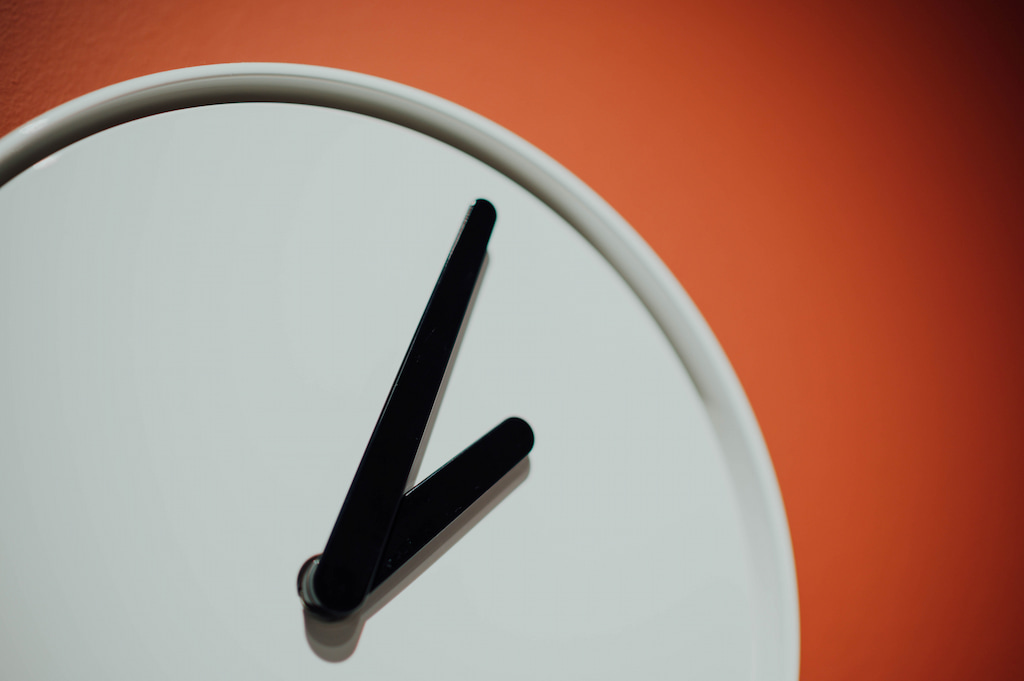What’s in Our Relationship Space?

Content
We can think of a relationship as an entity unto itself, born out of the existence of those in the relationship. Merging with the background information and environmental context, the relationship grows into its own character and, to an extent, takes on determinative power based on the data with which it interacts.
A romantic relationship exists in its own individual space, which is in communication with other various resources in our lives. This space bears traces of what we transfer into it the most and that data can impact the health of the relationship just as it impacts each participant within it.

Each of us enters into our relationships with our own narratives, beliefs about life, about ourselves, our own fears, worries, hopes, pleasures, and more. Our relationship is largely nourished by the things that pertain to our individual stories. But those narratives can sometimes feel restrictive. Our insight into ourselves better enables us to become aware of what we bring into our relationship space. This awareness helps us not only to distinguish what’s holding us back in our own story, but also how we might reinforce those things that nourish us.
Core Beliefs & Relationships
Examining our own beliefs as they exist in our relationship space is a good starting point. We all hold certain core beliefs about life and our role in it. Sometimes, we may feel overwhelmed with thoughts like: “I need to be perfect,” or, “I need to overcome everything on my own,” or, maybe we feel more like we’re grounded in thoughts like: “I can fix this,” and, “I’m not alone”. These feelings can be examples of how we navigate conflict, or, how we prepare ourselves for a challenge, yes, but they can also reveal clues for the deeper underlying context that gave rise to their existence in the first place and help to inform how we may behave in a relationship.
To look deeper into our relationships and how we may behave within them, we can start to ask ourselves questions like: How do I feel about my partner? How do I feel about relationships in general? Do my beliefs about my partner change when I’m feeling at ease or, conversely, when I’m feeling tense or stressed? If so, why? Do I use definitive language like “always” and “never” when I’m trying to explain my own experience of the relationship? If so, what am I usually talking about when I employ that language? Asking ourselves these questions can give insight into how we’re currently feeling in our romantic relationship.
What Our Emotions Say

Our romantic relationship is one of the spaces in which we may feel intense emotions. A lot of our positive or negative experiences with our partner echo in the depths of our inner world. Sometimes our emotions fester and become the dominant feeling associated with the relationship over time, blocking the flow of connection and joy. Therefore, it is essential that we try to understand which emotions increasingly take up a more room in our relationship space.
Developing an awareness around our own emotional needs can help us work toward a solution when challenging situations and feelings occur. We can begin to talk to our partner or partners about types of behavior that may trigger our anger, anxiety, fear, insecurity, or feeling like we’re being misunderstood when we communicate more openly about what we need.
We also want to be able to identify emotions and experiences that nourish our relationship. We can ask ourselves: under what circumstances do I feel most at ease, secure, understood, and happy? What kinds of activities allow those feelings to take hold and grow? Do I feel comfortable asking my partner or partners for support? Being curious about our partners’ opinions while reflecting on the answers to these questions will allow for a holistic approach to this experience that includes your partner.
The Resources of Our Relationships

Our internal and external resources are support mechanisms that nourish our well-being. Just like us, our relationship has resources that fuel it as well. The activities we enjoy with our partner or partners, the things we share, the support we give each other, our intimacy, such resources feed the health of our relationship through different channels. Some of them might help us feel secure, maintain our feeling of happiness and joy, and some help us to fulfill our need for intimacy.
Being able to activate the resources that feed our relationship is rooted in our ability to communicate with one another. Allowing each other time, expressing ourselves unreservedly, being willing to listen to our partner when we are stressed out, and developing an awareness of our own emotions and bodies are just some of the ways we can connect with each other and begin to use our available resources. Building our communication upon healthy coping mechanisms protects our relationship against vicious cycles of miscommunication.
Time’s Impact on Our Relationships

We’ve discussed checking in with our own needs and the needs of our partner or partners to determine how we might support each other. These kinds of check-ins with each other can be applied to the relationship itself as well, especially over time. We should be asking ourselves and each other periodically: What has changed since the beginning of our relationship? What are the things that made us better or feel stronger together? What are we doing less of and what are we doing more of and how has that change in behavior impacted our relationship?
Sometimes life events like moving, changing jobs, giving birth, or losing a loved one can shift the dynamics of our relationships significantly. If that’s the case for you, how do you feel the impact of those major events on your relationships? Where do they take up space? Where do they influence how you respond to your partner or partners? Taking stock of the health of your relationship throughout time, particularly on the heels of a powerful transition in your life can help you communicate more clearly about what you need and bring you and your partner or partners closer together.
A 3D Journey into Our Relationship Space

Identifying the structure or our relationship space and what it holds within it, helps us to come up with healthy solutions when things get challenging. Let’s visualize our relationship as a three-dimensional space, trying to picture what’s inside. Which of our beliefs are in there? How much space do they take up? How are your beliefs connected to your emotions? Maybe your love and desire are overshadowed by disappointment, making intimacy difficult. Maybe you’re not feeling understood and you begin to shut your partner or partners out. How long have you been feeling this way? What kind of changes would you like to see take place? What are the conditions under which you feel you would have more access to the things that nourish your relationship in a healthy way?The questions are limitless. There is so much information that this three-dimensional space can offer us. If we maintain our imaginative curiosity and desire for discovering ourselves and our partner or partners, we enrich our journey toward better communication, connection, and joy.





